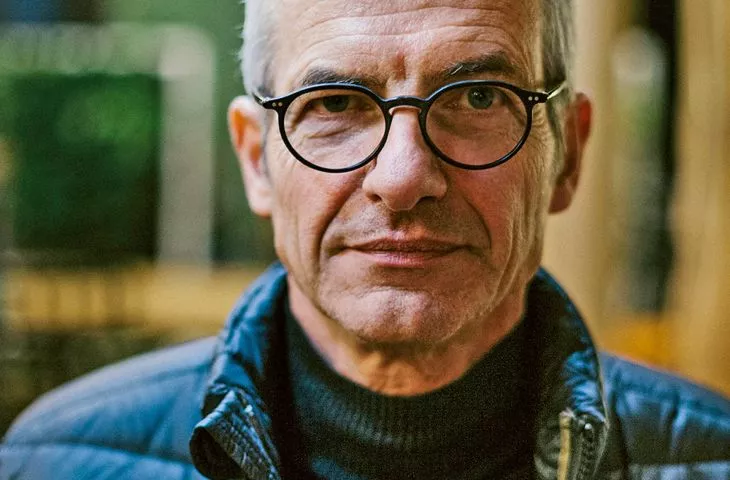Interdisciplinary drives - the human dimension of architecture
Justyna: A few years ago you published the book "wulf architekten - Rhythm and Melody". Where did that title come from? Do you see any connections between architecture and music?
Tobias: We thought about the title of this book for a very long time. Music consists of two elements - rhythm and melody. The same is true in architecture: we have the structure and form of a building. In music, rhythm holds everything together, so it can be compared to the structure of a building. Melody, on the other hand, is its form.
Gabriel: Through our book we want to convey that both architecture and music have their own logic. Music is defined by the rhythm or range within which a piece is composed. Architecture also revolves inside certain rules, defined by us architects, and it is within these rules that we create a building.
Culture Center Gasteig - first prize in the competition for the design of a cultural center in Munich, proj.: wulf architekten, 2018
© wulf architekten, visualization: Brutal & Delikat
Justyna: When I read your book, I see many beautiful examples of man-made architecture there. Do you think we architects know people and understand their needs?
Gabriel: What I'm going to say may sound critical of other architects, but if you know people and understand their needs, you only design for them what they currently expect. I think as architects we should ask ourselves a slightly different question, "What will people need in the future?" Let's remember that our buildings often live longer than we do. Of course, it's great if an architect knows a lot of people, knows how they work and understands their needs, but it's worth keeping a certain distance from that. We always listen carefully to people telling us about their needs, while asking ourselves what they really need.
Tobias: I think it can be summed up as follows: when a client comes to us, specifies what he wants and presents his needs, then we proceed with the design, but in full knowledge that in addition to the client there will be many other users whose needs are equally important to us. That's why in our projects we pay special attention to clear and legible planning of functions. I believe that the most long-lasting buildings are those that have a clear way of using them.
...














































